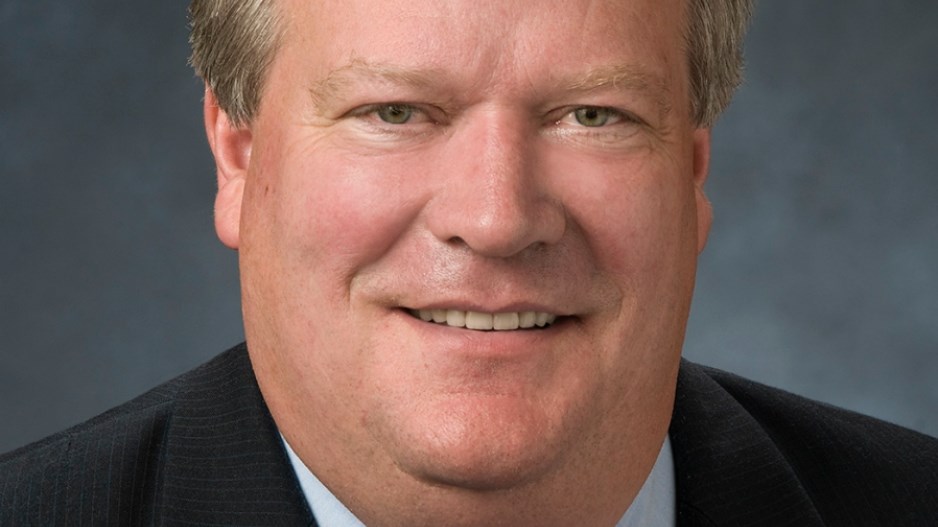The commitment to develop the province’s natural gas resources played a large part in the BC Liberal government’s successful election campaign last month. As promised, the government has created a standalone ministry devoted to overseeing the file. Business in Vancouver spoke recently with the new Minister of Natural Gas Development Rich Coleman about his new post
Q&A
Q: What is the Ministry of
Natural Gas Development’s mandate ?
A: It’s to look at all the factors that affect the decision-making process for people to make an investment in liquefied natural gas [LNG] in B.C. It’s to make sure that government is co-ordinated across all ministries to be able to deliver – in other words – to make sure the resources are there for environmental assessment processes, First Nations consultation and accommodation and to make sure that we’re all working in the same direction.
Q: LNG opponents in the province argue that a ministry devoted to natural gas is an indication that proposals are simply to be rubber-stamped.
A: We don’t rubber-stamp projects. There still has to be the same environmental assessment as any other project, and it’s pretty rigorous in B.C. And we did run and ask for a mandate from the people of B.C., and we ran on the fact that we were going to pursue the opportunities of LNG, which would bring revenues to government that will get us to a debt-free B.C.
Q: Some First Nations communities are on board with LNG development, others aren’t. How will the ministry ensure First Nations communities are involved?
A: Well, the Haisla Nation [LNG supporters] were proactive with their leadership and saw the opportunity and pursued it on behalf of their First Nation. I’ve had a long-standing relationship across government for a long time with First Nations. The Ministry of Aboriginal Relations and Reconciliation is a partner with my ministry with [minister] John Rustad. [Rustad] has a very good understanding and relationship with First Nations and will be a real asset.
Q: What’s the timeline for some of the more advanced projects – Kitimat LNG, for instance?
A: There’s been talk in the range of maybe 2016, others are at 2017, while others have told me 2018 or 2019. The final investment decision will be made by the boards of their companies. We thought maybe a small LNG project would be ready by 2015, but I suspect it’s closer to 2016 because there’s going to be a requirement for a lot of [power] generation.
Q: How will your ministry be working with BC Hydro? There are a lot of doubts about how BC Hydro will handle the energy demand from these projects.
A: Well, BC Hydro is a player in this, mainly from the transmission piece. We did change the Clean Energy Act a year ago to allow for natural gas to be a power source and a driver for the creation of liquefied natural gas. In places that are more remote, chances are the power [for LNG plants] would be generated by using natural gas to power turbines, which would take the pressure off BC Hydro.
Q: Why is LNG so big for the province?
A: It’s a big vision. The premier had a vision, which I welcome. I think the people that we represent expect us to have a vision for the future and try and seize the opportunities. We have a lot of really good industries – mining, forestry, tech. However, we do have a resource that has a minimum of 84 years’ supply of natural gas into the marketplace. And we know we have basins of natural gas yet to come. It is big. I think we could get to be a debt-free province, but more importantly build a legacy fund for the next generation.




